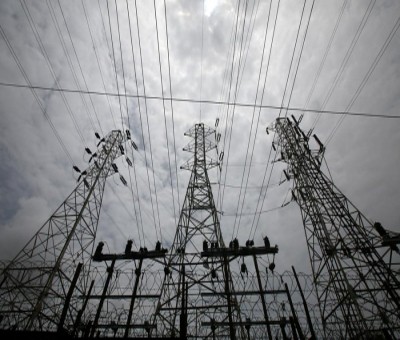
New Delhi, The Parliamentary standing committee on Energy, headed by JD-U MP Rajiv Ranjan Singh alias Lalan Singh, to which the Electricity Amendment Bill 2022 has been sent for consideration, is being reconstituted as its tenure ended last week on September 13.
The bill, described as a major reform measure by the government soon after it was introduced in Lok Sabha on August 8 during the Monsoon session, was referred to the Parliamentary panel on Energy, after vociferous protests by Opposition MPs.
However between August 8 and September 13, not a single meeting of the committee was held, therefore the bill could not be taken up for consideration by it.
Incidentally, the JD-U has ceased to be a member of the NDA and now with the panel itself having completed its tenure, it remains to be seen who heads it when it is reconvened.
Thus the fate of the bill now depends on how soon the Parliamentary panel is reconstituted.
It is the Lok Sabha Speaker who has the authority to reconstitute the Parliamentary panel and decide its Chairperson.
The Electricity Amendment Bill 2022 aims to make the power distribution sector more competitive by providing consumers with options to choose between multiple services providers in an area.
However, it has faced a lot of criticism from political as well as other quarters, as there are allegations that it will lead to privatisation of the power sector, while farmers have also opposed it, expressing apprehensions that subsidies given to them may be done away with, once the bill is passed.
In fact, the All India Power Engineers Federation on September 18 said that it will hold demonstrations in the national capital on November 23, to protest against the bill. They have also threatened that electricity sector workers will go on strike if the bill is passed unilaterally.
While the new Bill proposes 35 amendments to the massive 84-page Electricity Act of 2003, one provision that stands out is Section 5 of the Bill which is about allowing more than one distribution licensee (or discom) in one region to distribute power to the consumers. Although the provision of allowing more than one discom in one area was also mentioned in the 2003 Act, as per the old law, the new discom had to have its own wire and distribution infrastructure.
Basically, the opposition to the bill is related to its Section 5, which allows a new entity to use the distribution infrastructure of existing distribution companies or discoms after paying certain charges. It has been alleged by opposition parties that this would encourage privatisation in the power distribution circles.


.jpeg)

